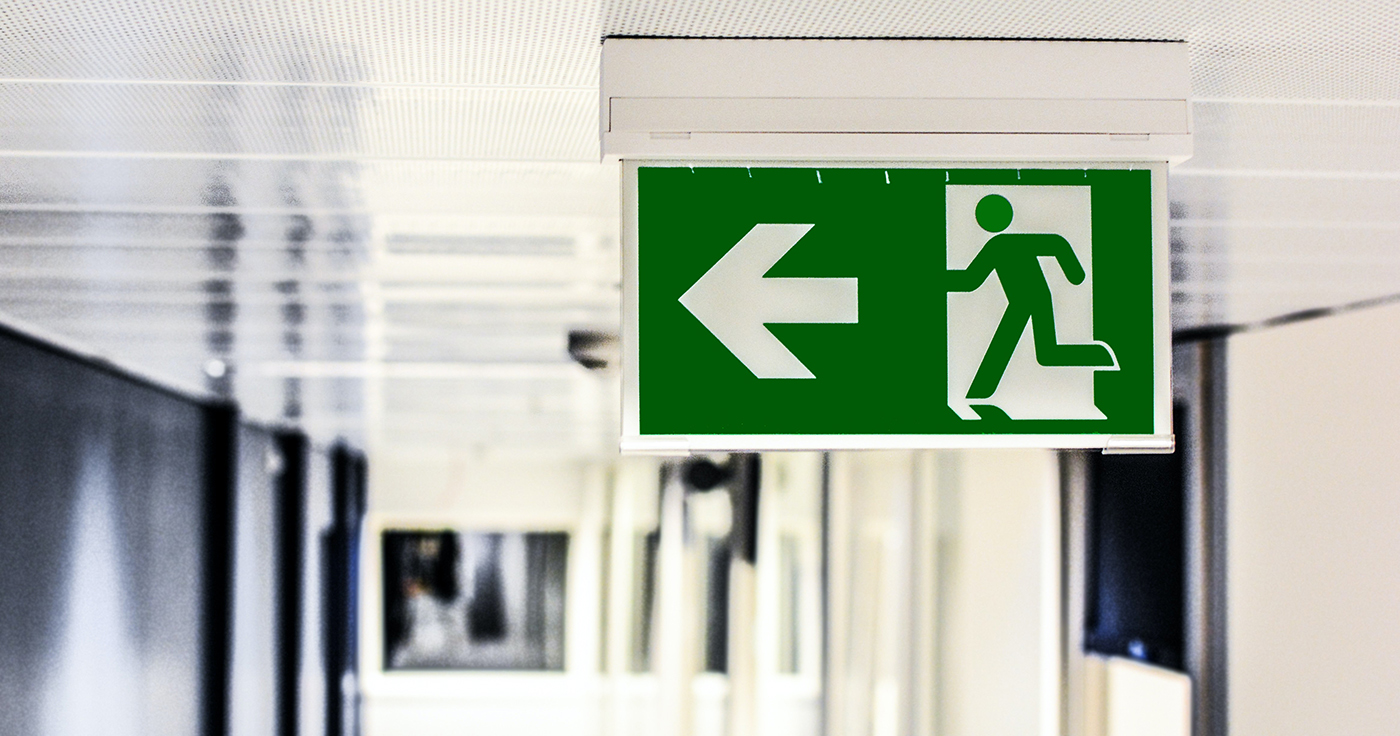Loading...

Navigability is one of the key factors by which we determine whether the design of a building or piece of infrastructure has been successful. Becoming lost and confused within a building can make it feel unwelcoming, and when a structure is complex by necessity, architects face the challenge of implementing a cohesive design language that helps people find their way.
When working in conjunction with signmakers and wayfinding experts, navigational signs can help architects bring clarity to complexity, combining their experience and knowledge to ensure that people can navigate buildings with near-unconscious ease.
Navigational signage is one tool in the toolbox of wayfinding, where both signage and architectural cues are used to encourage people on the ideal route through a space or building so they arrive easily at their desired destination, or experience the space as intended.
For example, in a busy museum, it is necessary to use wayfinding to guarantee a seamless flow of foot traffic that gives visitors the best user experience possible. Alternatively, in a city’s subway transport system, designers must find simple ways to convey sometimes complicated map and journey information, which can be understood by people from across the globe.
Navigation signs are also used across our environment on a far broader scale, marking the way on everything from out-of-the-way footpaths to major motorway junctions.
The best materials to use for navigational signage vary on a case-by-case basis. It is important for architects to discuss with signage manufacturers the specific needs and functions of their building so they can find the best material (or combination of materials) to best meet the requirements of that space.
In cases where signage has to meet both aesthetic and pragmatic demands, vitreous enamel signage is a popular option, especially in areas with high footfall. Fire and graffiti resistant, vitreous enamel is particularly durable and resilient, making it the ideal option for permanent signage solutions. Another option for eye-catching navigation signs is illuminated signage, which draws people’s attention as they move through a space and stands out when lighting levels are low.
Architects have to consider wayfinding even in the nascent stages of a project. Whether they are revamping an existing space or building something from the ground up, there are design principles in wayfinding which can make the space easier to navigate for visitors, such as creating memorable features in key areas, ensuring people never have too many choices in where to go and creating well-structured paths.
When working on a project, architects should have a sense of what part navigation signs will play in this, particularly how will they aid and inform the users of the building, and where they will be placed in relation to other landmarks and features. Creating great wayfinding is by its nature a collaborative exercise, so consulting with signage experts throughout the project is one way you can ensure the best result.
When thinking about signs used for navigation, it has to be taken into account that a diverse range of people is likely to use any particular space. Trying to use as universal a design language as possible can ensure that people of different cultures understand the intended meaning of your signage, and where relevant and feasible you can also include translations.
People with sight impairments can also benefit from the use of braille on signage, as well as efforts to ensure the messaging is large and legible. While it isn’t possible to make something that works for absolutely everyone, making signage as inclusive as it can be is an important goal to strive for.
If you are an architect (or work in the construction industry) and require a signage manufacturer for your latest project, please don’t hesitate to get in touch.
Back to NewsWe’re more than happy to talk about your sign or cladding project - just fill in this form and our team will be in touch.